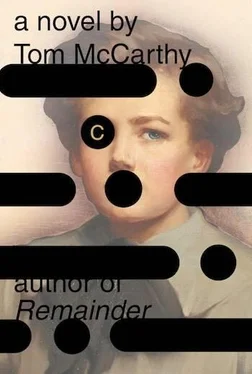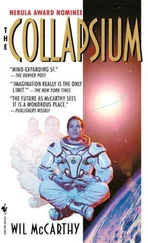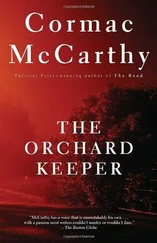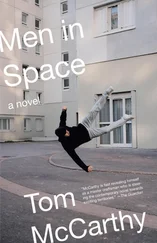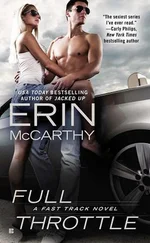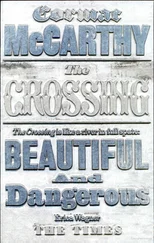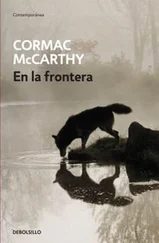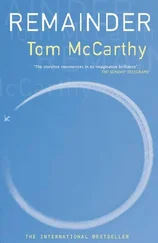That evening, a pot of stew is brought to his tent. After eating it, he wonders where the latrines are. Wandering around in search of them, he bumps into Alby.
“You in sector K?” the Antiquities man asks. “I’m in F. Windy, isn’t it?”
“Where are the toilets?” Serge asks.
“Use a pot,” Alby shrugs back. “They’re everywhere.”
The next morning Serge wanders around some more. He wanders down to the jetty. It looks firm enough to land the segments of a radio mast. Should he write that down? He’ll remember it. He wanders back to the main site again, and follows the paths trodden between one hole and another, the lines made by the strings. It’s an aimless wandering: he has to wait another day before the Ani sets back off to Cairo. Sometimes the paths split, or end, or double back on themselves; sometimes the strings angle him back to an intersection that he crossed ten minutes or a half-hour earlier, but he doesn’t mind: it helps him pass the time. At around noon he finds himself descending into the long gash where Falkiner’s tents are. Falkiner himself is absent; Serge passes unhindered through a tent-porchway to a chamber of tomb proper that’s been turned into a living room: a desk, sofa and deckchair have been set up in it, and a carpet has been spread across the floor, its pattern strangely offset by the decorations on the walls.
“Found your way here after all?” asks Laura, appearing in a doorway that leads further in. For the first time since he’s met her, she’s smiling-in a way that makes Serge feel embarrassed, as though found out, although what for he can’t quite think. He tries to smile back.
“Come in,” she says, rubbing her forehead again.
Her chamber has been turned into a kind of warehouse. All kinds of numbered objects lie around it-some crated, as though ready for dispatch, some open, still awaiting processing. Some, like two wooden coffins covered on both outside and inside with inscriptions, are large, occupying a pallet each; others, like a set of headbands, necklaces and bracelets laid out on the floor in rows, are tiny; yet all seem to be accorded the same meticulous attention. This indiscriminate assiduousness has been applied regardless of age as well. Not all the objects are old: some, like a sardine-can with German writing on it, a scrap of newsprint, a wristwatch with a snapped strap and a leather boot with rusty cleats and a frayed lace, are clearly relatively modern-yet they, too, have been dusted down, laid out and numbered.
“I have to inventorise it all,” says Laura, nodding towards two large ledgers lying face-open on her table.
“So it was newspapers I saw in those mounds,” Serge says, “and not papyri.”
“Could have been,” she replies; “could equally have been papyri. It’s an eclectic mish-mash around here. The newspaper that page came from is eighty-two years old, while other scraps we’ve found have headlines from six months ago. It’s like that across all periods: the chambers have been gone through so many times that you get Fifth Dynasty, Late Kingdom, Napoleonic and modern objects lying side by side. By noting where you found each you can date the various interventions, right back to the outset. Watch out.”
Serge is running his hand over one of the two coffins.
“Why? Are they infectious?” he asks.
“No, delicate. The wood’s rotting away, and the ink’s fading. I have to copy the writing.”
Serge lowers his face into the coffin: the texts are written in deep, blue-black ink that disappears in places into the dark mahogany, which, in turn, is full of holes.
“Ants,” she explains. “It’s funny: ‘sarcophagus’ means ‘flesh-eating’-and now it’s being eaten itself. Some of the objects we’ve found are in too delicate a state to be examined here. Pacorie takes a swab off them; then they get sealed and shipped back up to Cairo for examination.”
“What are these flies made of?” Serge asks, pointing to a necklace that’s composed of several plastic-looking insects all threaded together.
“Flies,” she answers. “They are flies, preserved in resin. Necklaces of this type were fairly common. This one beside it’s a mixture of ivory, carnelian and glaze.”
She passes her hand over a set of beads strung in repeating sequences of white, gold and blue, with a red spacer-bar between them. Circular and domed, they look like tiny insulators made of porcelain or coloured glass.
“Look at all these scarabs!” Serge exclaims excitedly. There must be twenty or more of them. Their shapes, sizes and patterns are as varied as those of the ones he came across in the museum or the market-on top of which there’s a detail that he hasn’t seen before: two or three have, carved into their underside, not images or patterns, but whole sequences of words.
“Secrets of the heart,” says Laura, noticing him peering in bemusement at the hieroglyphic phrases. “In New Kingdom burials, the deceased’s unreported deeds, clandestine history and guilty conscience were confided to these things.”
“And that’s what’s written on them, to be printed out after his death?” he asks.
“It’s more complex than that,” she answers. “What’s engraved on them are spells to censor all these secrets, so they won’t come out at judgement and weigh down the heart. It had to weigh less than a feather, or the soul was doomed.”
“So the scarab withholds the vital information even as it records it? Even as it prints?”
“Exactly. They were often placed in the heart-cavity. This one,” she continues, picking up a sparkling grey scarab carefully, “is made of basalt. And the one beside it is rough quartz.”
“But it’s got copper wound around it,” Serge says, pointing with his little finger to a band circling the beetle’s waist. “Why would some grave-robber or archaeologist wind copper round it, then leave it behind?”
“The copper would have been there from the start,” she says. “The ancient Egyptians used it a lot. This bowl’s copper; so’s this ewer.”
She flicks the latter with her finger; it rings out tight and clearly, like a tuning fork. Serge follows its vibrations round the chamber with his eye. The place looks less like a warehouse to him now, and more like the backstage area of the Empire Theatre where he visited Audrey. The anachronous medley of objects, their jumbled juxtaposition, seems as incongruous as the faux restaurant interiors, modern cars and Amazonian horse-heads. One of the objects in the room looks quite familiar: a shallow, open box in which a kind of circuit-board is fixed.
“Is that Isis ’s cohering set?” he asks, nodding at the thing. Straight metal strips divide its wood at regular intervals; above these, cut into the box’s side, are notches, every fifth of which is larger than the four on either side.
“Professor Falkiner thinks that it’s some kind of game,” she answers. “You move up one side and down another, with the players starting at opposite ends. The notches are for counting. You can see the tenth and twenty-sixth lines are connected, which suggests that you could jump from one spot to another, like in Snakes and Ladders.”
“So where are the dice?” he asks.
“They probably used knuckle-bones. A pair of these were found a few feet from the board-I think…” She steps back to the table and flips through the ledgers till she comes across a diagram. “Yes: right beside it.”
“Wow, you really are forensic,” Serge says, looking at a photograph pasted beside the diagram, confirming the positions, indicated by the latter, in which objects have been found. Beside each object in the photo there’s a little stand-up card bearing a number-presumably the same one with which it’s been labelled in its new location here in Laura’s props-room.
Читать дальше
